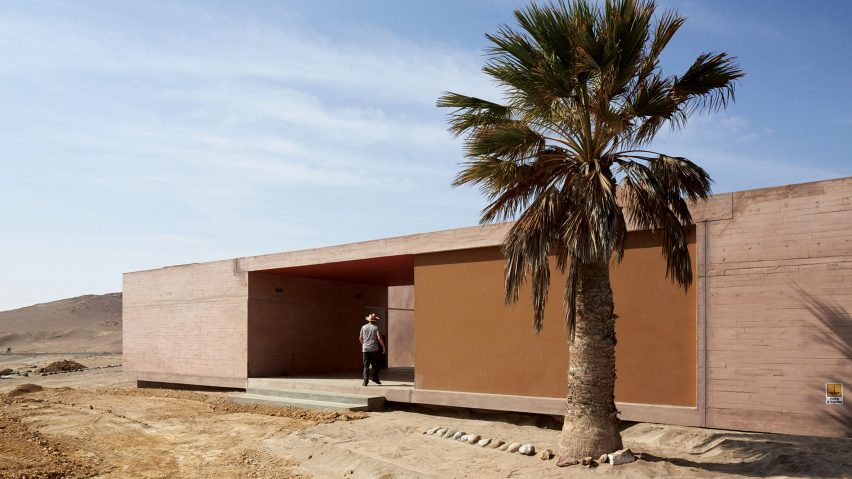
Peru offers architects "tremendous freedom" say Barclay and Crousse
After decades "erased from the architectural map", Peru is making a comeback thanks to international recognition of impressive new buildings in the country, according to this year's Mies Crown Hall Americas Prize winners Sandra Barclay and Jean Pierre Crousse.
Accolades like the Mies award and Barclay's Woman Architect of the Year 2018 prize have catapulted Lima-based firm Barclay & Crousse to success, and brought the country back onto the global architecture stage, said the duo.
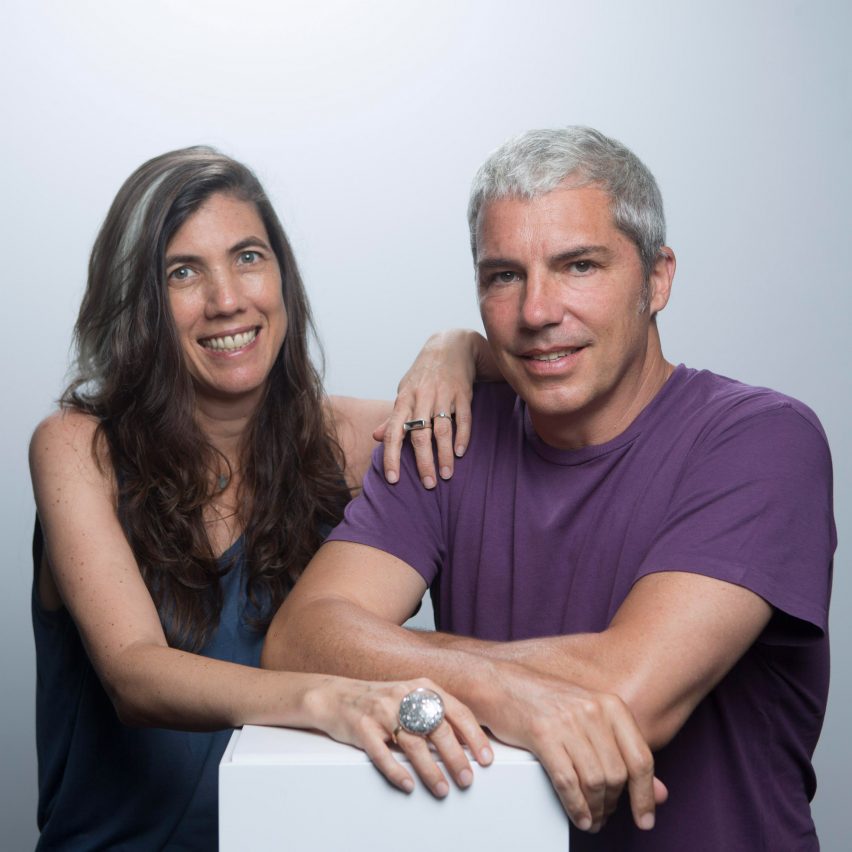
"Peru is beginning to be at the top of the architectural map again and... these recognitions are helping Peruvian architects to do better quality architecture," Crousse told Dezeen in an exclusive interview.
"Peruvian architects are now more confident. We are now thinking that we can do high-quality architecture, which was not evident before."
Peruvian architecture is back on architectural map
This recent shift ends decades of dearth in the country's architecture scene, which began to blossom in the mid-20th century but was cut down when conflict began the 1970s.
"There was an enormous void because we had a military coup d'état, and then 20 years of terrorism and violence, which erased Peru from the architectural map," Crousse said.
"The generation that preceded us was the generation that lived in the difficult years of violence, they couldn't imagine that you can do architecture of quality."
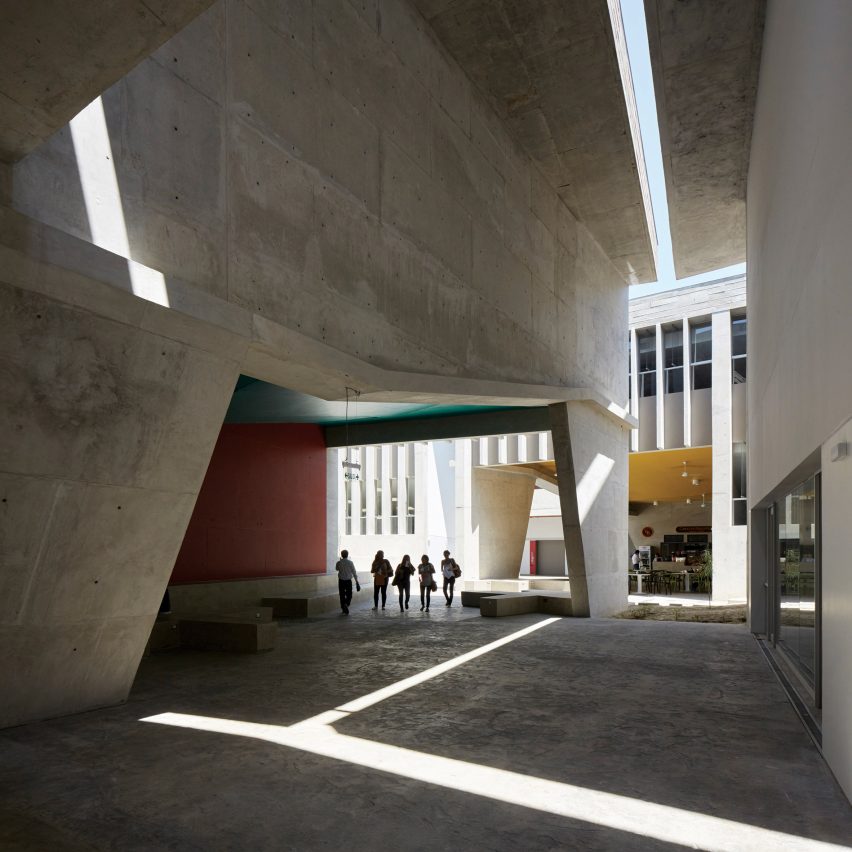
Both Peru natives, Barclay and Crousse established their eponymous firm in Paris in 1996, and then relocated to Lima in 2006.
Despite the country's complex climate, economic restraints and less technically advanced workforce, they found the country to be full of opportunities for architects.
Emerging generation of Peruvian architects
Particularly, more relaxed building regulations compared to those in Europe allowed the firm to experiment and focus on creativity.
"What we discovered was a tremendous freedom in design because it's a much less regulated society," said Crousse.
"Working here, we are feeling much more creative," added Barclay.
The duo aims to uses local materials and resources, including highly skilled craftsman, to create buildings with a contemporary style. Along with Edificio E, their portfolio also includes a clifftop desert villa and an archaeology museum.
Barclay and Crousse said that other Peruvian architects are now working in a similar way, while developing an architectural style that remains relevant globally.
Grafton showed what was possible in Peru
They credit the shift in attitude towards architecture in Peru to Grafton Architects' UTEC building – another Peruvian project that received critical acclaim, winning the inaugural RIBA International prize in 2016.
The Irish firm's university building in Lima provided a "key example" for local architects to champion the style that is now flourishing in Peru, according to the duo.
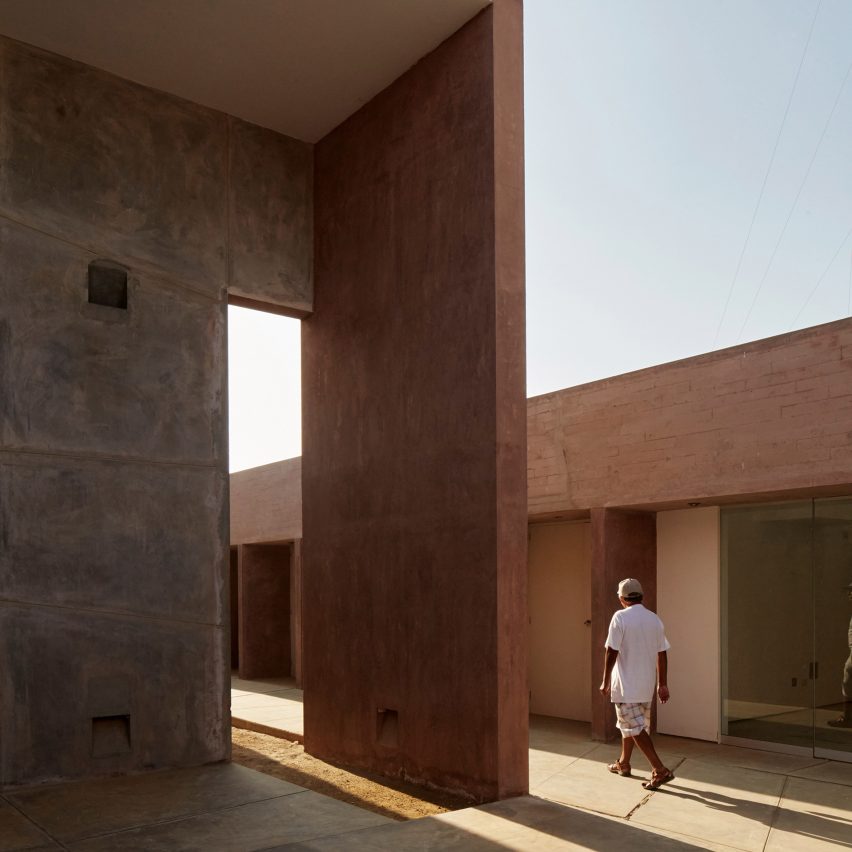
"Grafton are not the first foreign architects to work in Peru – there are lots of buildings by foreign architects," Crousse said.
"But Grafton were the first to try to understand the climate, the geography, the landscape, to try to use materials that are easily used here," he continued. "To be global from local conditions, with this generosity of free space."
"For the first time we could show that generosity was possible in Peru, by looking at that building," Crousse added.
Read on for an edited transcript of our interview with Barclay and Crousse:
Eleanor Gibson: Congratulations on the Mies Crown Hall Americas prize. Why do you think the project was chosen?
Jean Crousse: The project is a real blend of different themes in architecture, from social inclusion to how to build in a very different climate and having a very good relationship with the clients. A lot of things converge in this project.
We had a client who was able to listen and who didn't want to make an iconic building but a very good quality one.
Eleanor Gibson: Are there elements of the project that capture an aesthetic in Peru?
Jean Crousse: We really don't make our projects to try and be Peruvian. Peru is a very complex country. It has one very arid coast, a huge range of mountains and the Amazon jungle. There are three different countries in one.
I wouldn't say that this is a Peruvian building but I would say that it is a building that is located in a precise place and responds to local conditions. It proposes a typology that can be useful in global context.
We really don't make our projects to try and be Peruvian
Sandra Barclay: We are very sensitive about how to work with the logic of that territory or landscape, as if the building can continue using this logic.
Jean Crousse: We're very sensitive to this landscape of the Peruvian coast. It is not only a physical feature but also it comes with a very particular climate. In the north of Peru to be more precise, it's a very arid landscape with a mild climate because there's humidity.
It's really hot and it's very near the ocean, so there's an ocean breeze that can help us. With the correct architecture, the correct placement, orientation, we can reach a comfort zone, without much problem.
We can create exterior spaces that are livable, that are in the comfort zone. They don't cost much because we don't have insulation, heating or air conditioning.
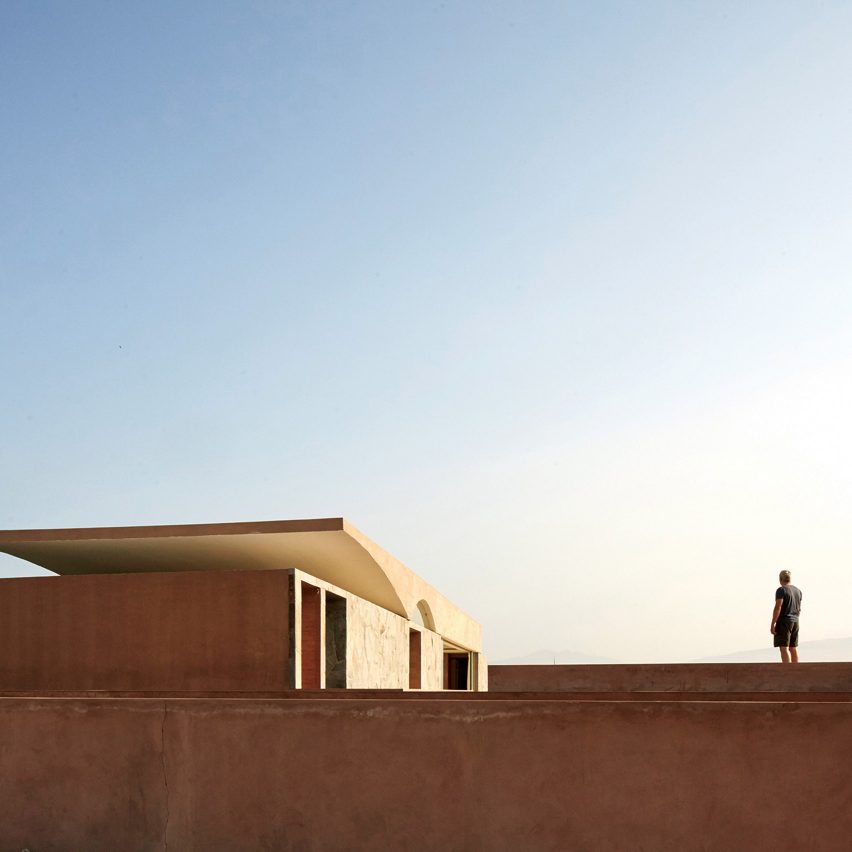
Sandra Barclay: What was very important was to expand the shadow we have in the forest inside the building. The shadow was a main preoccupation in this building, in order to get this sensation of well-being and a comfort zone.
Eleanor Gibson: I'm interested to know what your experience of working in Peru in architecture has been like.
Jean Crousse: We were already 18 years in Europe working and we studied there. We wanted to see how it was to work in Peru, mainly out of curiosity because our family is here. What we discovered was a tremendous freedom in design, because it's a much less regulated society in a good and a bad sense, but we are taking the good part.
When we were living in Europe as architects what we found was that the insurance companies and the construction industry tells you what to build. Unless you are a star architect with an enormous budget and then you can have some freedom.
Constrictions are a starting point for a new type of architecture
For a normal architect, you have a lot of constraints that are not creative for us. In Peru, we had a lot of constraints also. The economic restrictions. A technology that is not always available. Builders that are not technically advanced.
All of these constrictions for us from a creative point of view, are a starting point for a new type of architecture.
We wanted to do modern architecture, not vernacular architecture with builders who are skillful. We tried to conceive architecture which is not depending necessarily on good finishings, on high technology, but on the contrary in handmade, in precision. The building shows all the imperfections.
Sandra Barclay: Working here, we are feeling working much more creative.
Eleanor Gibson: You've experienced the fruits of your labour both with the Mies prize, and also Sandra, you received the Women Architect of the Year. You're bringing the spotlight to Peru, what's your take on that?
Sandra Barclay: For Peru, it's very important. There are many good architects here, a group of good architects. We begin to have a presence in the world of architecture, in the scene of architecture, it's important.
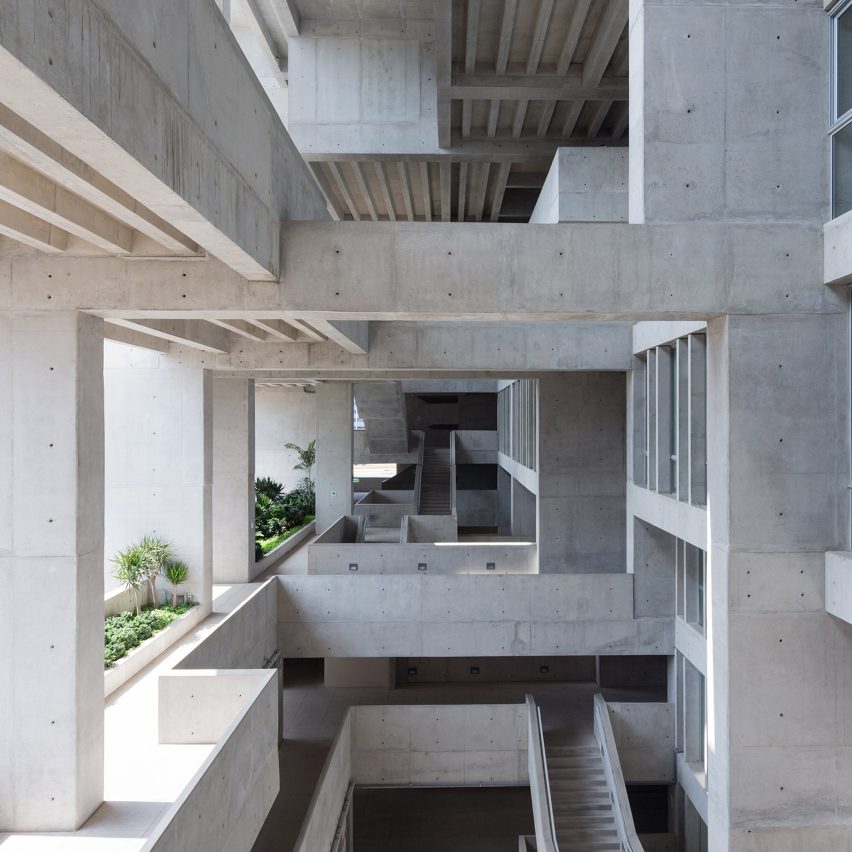
Jean Crousse: It's important to say the Peruvian architecture was important in the 1960s by two phenomenons: the shanty towns that were studied a lot and published in international media, and all the social housing that was done by our president who was an architect.
After that there was an enormous void because we have a military coup d'état and then 20 years of terrorism and violence, which erased Peru from the architectural map.
Peru is beginning to be at the top in the architectural map again and, on the other side, these recognitions are helping Peruvian architects to do better quality architecture. Peruvian architects are now more confident, we are thinking that we can do high quality architecture, which was not evident before.
Eleanor Gibson: Is there a generation of architects emerging from the country?
Jean Crousse: There are a group of architects who are more aware of this and they are trying to find new ways for Peruvian architecture in a country, which still has a lot of problems. But it is a new generation that is taking these problems as opportunities and not being defeated by this conditions.
A new generation is taking problems as opportunities
When you consider the problems as opportunities you are already a step forward in order to do an architecture that belongs to this place.
There are a group of architects that are more or less our generation, or a little bit younger who are...
Sandra Barclay:… really working in good quality.
Jean Crousse: The generation that preceded us was the generation that lived older professional lives in the difficult years of violence. They can't imagine that you can do architecture of quality. It's like we're a poor country, so architecture must express poverty – it's this kind of feeling.
Sandra Barclay: This is changing. These prizes are helping to change things.
Jean Crousse: To not resign to these constrictions or problems but to take them as opportunities. There is one project that was a key example to do that, at least for Sandra and myself. It was the UTEC building by Grafton Architects.
Grafton are not the first foreign architects to work in Peru – there are lots of buildings by foreign architects. But Grafton were the first to try to understand the climate, the geography, the landscape, to try to use materials that are easily found here.
They were interested in designing an architecture that is not only local but global. But to be global from local conditions, with this generosity of free space.
For us it is very important in the relationship with clients because for the first time we could show that generosity was possible in Peru by looking at that building.